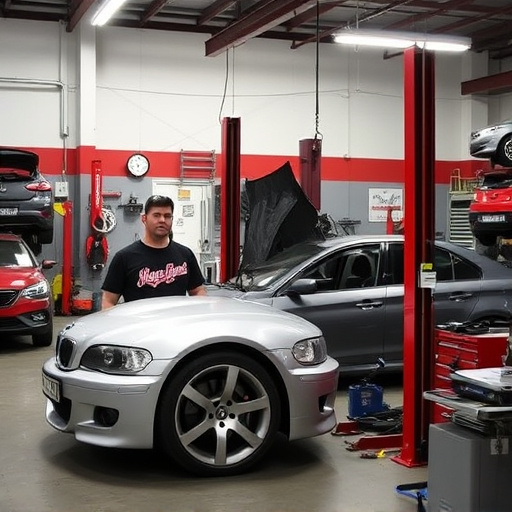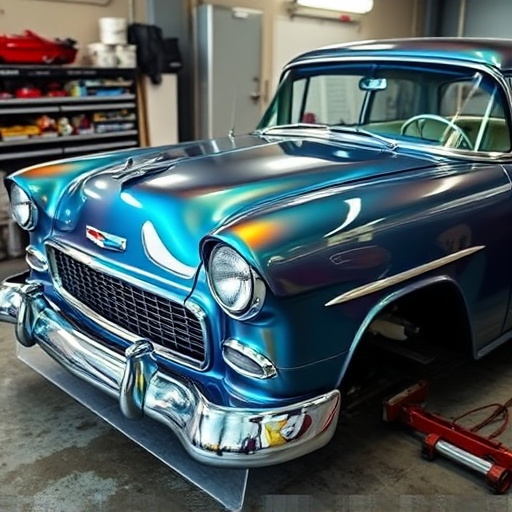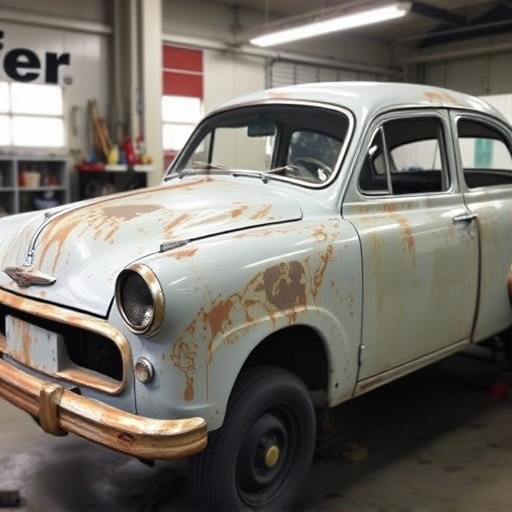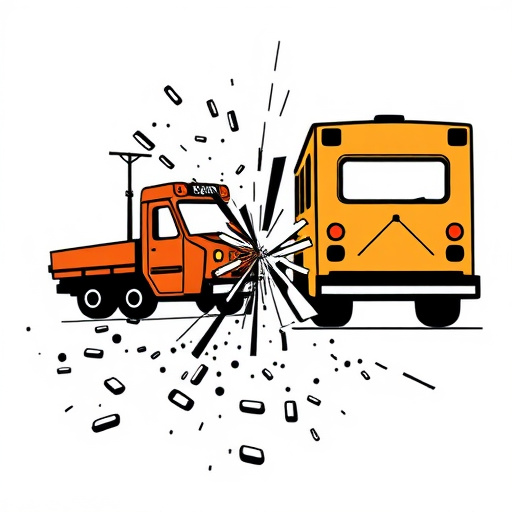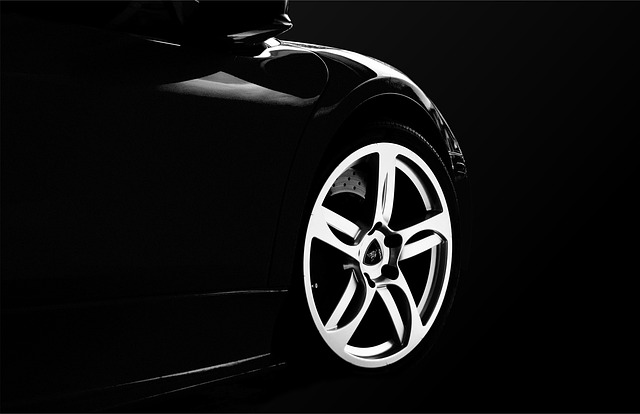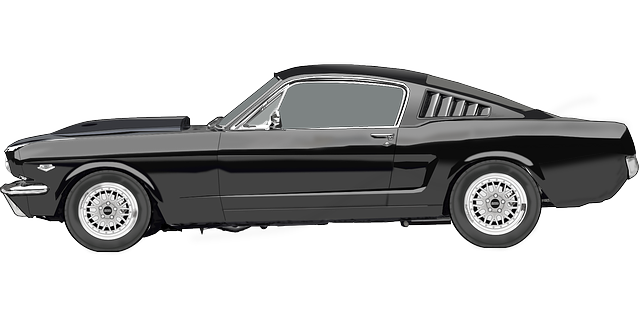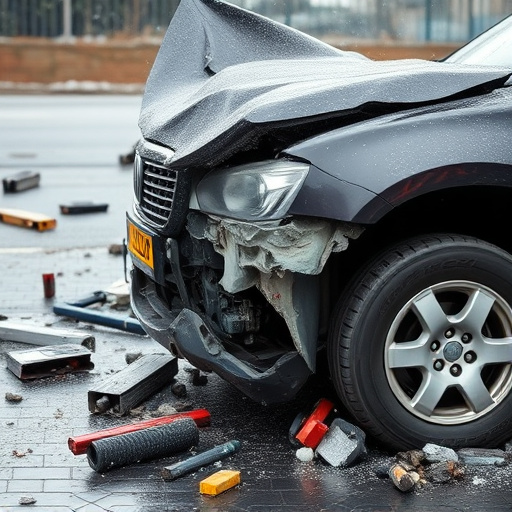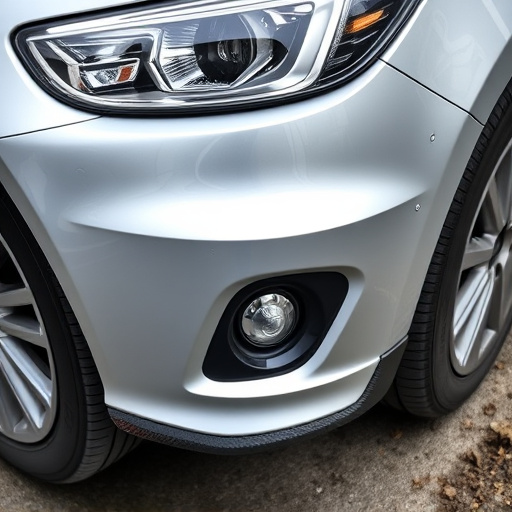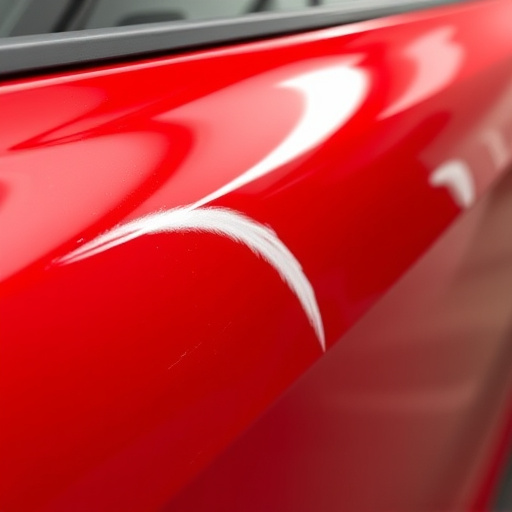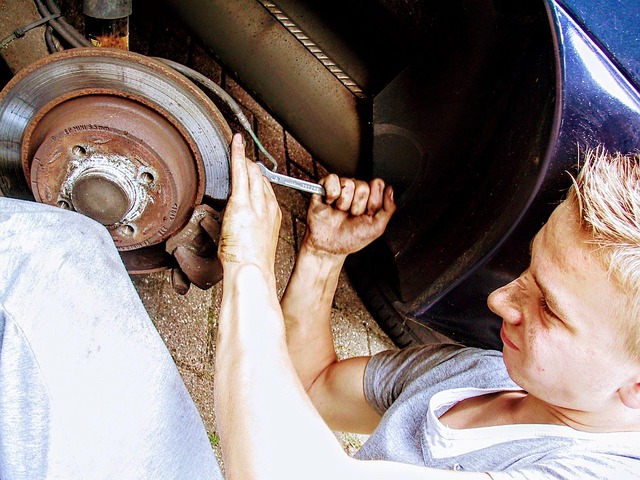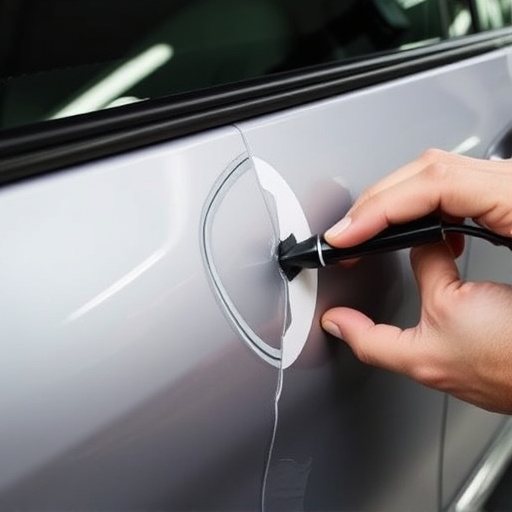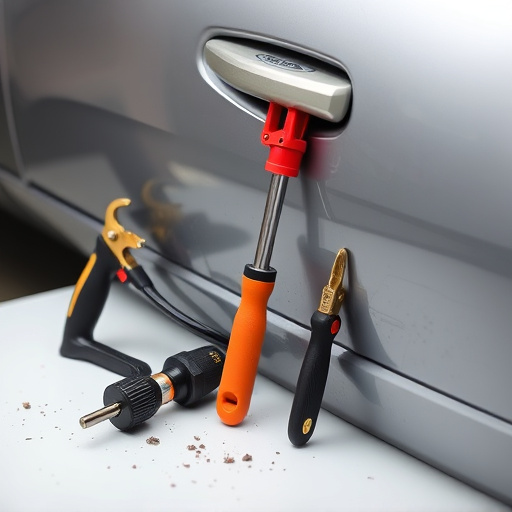MIG welding collision repair is a specialized skill using an electric arc to fuse metal quickly and precisely. Beginners must grasp key components like the welding gun, wire feeder, and gas cylinder, and correctly set up equipment for clean welds meeting industry standards. A dedicated workshop with ample space, lighting, ventilation, safety measures, and essential tools is crucial. Mastering techniques such as welder speed, angle, and wire feed rate ensures structurally sound, visually appealing welds on various surfaces, enhancing vehicle body repair outcomes.
“Dive into the world of MIG welding collision repair with this comprehensive beginner’s guide. From understanding the MIG welding basics to setting up your workshop, we’ll equip you with the knowledge needed for successful repairs. Learn essential techniques and practice tips for achieving smooth joins, ensuring precise and sturdy results. Whether you’re a novice or looking to refine your skills, this guide offers a detailed roadmap for mastering MIG welding in collision repair.”
- Understanding MIG Welding Basics
- Setting Up Your Workshop for Collision Repair
- Techniques and Practice for Smooth Joins
Understanding MIG Welding Basics
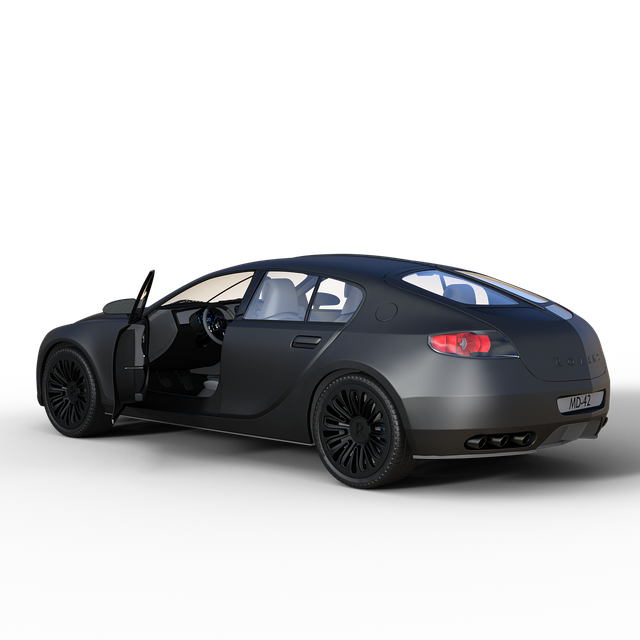
MIG welding collision repair is a specialized skill that forms a crucial part of modern vehicle repair services and body shop services. At its core, MIG stands for Metal Inert Gas, a method where a continuous wire feed of metal is melted by an electric arc to join two pieces of metal. This highly effective technique is widely used in automotive industries due to its precision, speed, and ability to create strong welds.
For beginners, understanding the basics involves grasping key components like the welding gun, wire feeder, and gas cylinder. Proper setup and calibration are essential for successful MIG welding collision repair. The right combination of filler metal, gas flow rate, and voltage ensures clean, robust welds that meet industry standards. By mastering these fundamentals, aspiring welders can tackle body shop services with confidence, contributing to top-notch vehicle repair.
Setting Up Your Workshop for Collision Repair

Before you begin your journey into MIG welding collision repair, setting up a dedicated workshop is paramount. This space should be well-lit, with ample room for your equipment and workpieces. Ensure proper ventilation to mitigate fumes and ensure safety with grounded electrical outlets and fire suppression systems. Organize your tools and materials—from welding helmets and gloves to metal sheets and fillers—for easy access during work sessions.
A clean, efficient auto body shop environment not only enhances productivity but also contributes to the quality of repairs. Consider adding a workbench for grinding, painting, and final assembly, along with a hoist for handling heavy parts. Proper signage and safety precautions, including eye protection and hearing gear, are essential components of your workshop setup, fostering a culture of safety in your MIG welding collision repair endeavors.
Techniques and Practice for Smooth Joins
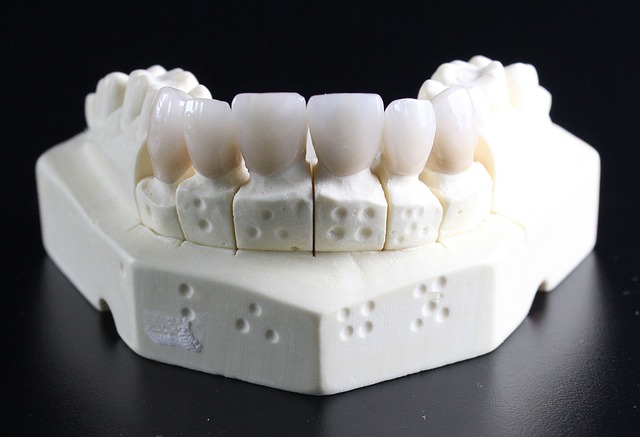
Achieving smooth joins is a key aspect of MIG welding collision repair, ensuring structural integrity and a professional finish. The technique involves careful control of the welder’s speed, angle, and wire feed rate to create consistent, seamless bonds. Practice on scrap metal is essential to master this skill; start with simple butt joints, gradually increasing complexity as you gain confidence.
Focus on maintaining a steady arc, ensuring the weld pool is clean and free from contamination for optimal penetration and bead quality. Remember, the process requires precision and patience, especially when dealing with curved or complex surfaces common in car collision repair. Proper technique will result in strong, visually appealing joins that contribute to the overall quality of vehicle body repair and auto body painting projects.
MIG welding collision repair is a powerful skill that can transform your automotive restoration capabilities. By mastering the basics, setting up your workshop efficiently, and practicing techniques for smooth joins, you’re well on your way to becoming a pro. With the right knowledge and tools, MIG welding opens doors to precise, strong, and visually appealing repairs – essential skills in the collision repair industry.
